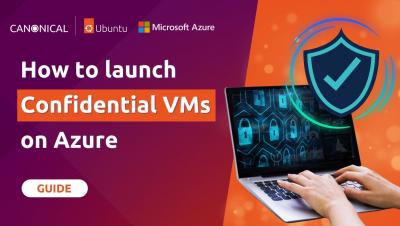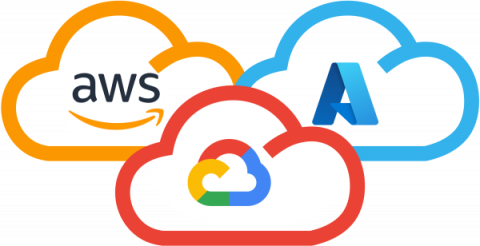Operations | Monitoring | ITSM | DevOps | Cloud
Cloud
The latest News and Information on Cloud monitoring, security and related technologies.
Why devops needs a better approach to cloud networking
A full-stack networking platform with machine learning, autonomous capabilities, and multicloud support allows devops engineers to focus on what matters most—building applications. The promise of digital transformation is enabling businesses to magnify competitive advantages, create new revenue streams, and improve customer experiences.
Why a big bang approach is the wrong cloud strategy
Despite all the hype from the big cloud providers the truth is that most organisations rely on hybrid infrastructures now and will do so for the foreseeable future. Typically, this includes on-premises infrastructure and at least two public cloud providers. This is not a step on a journey to being 100 per cent cloud, it is the strategic destination many have chosen.
Cycle Podcast | EP 15 | Darren Shepherd | The State of Running Containers in the Wild
Understanding Cloud Services: IaaS, SaaS, and PaaS
Cloud services have skyrocketed in popularity in the past few years, providing a vast array of resources as well as a cost-effective path for the migration from on-premises servers to the cloud. In fact, cloud services are handling all the computing needs of many businesses. It’s very likely you’re already using cloud services and will continue to use more as time goes on.
3 Must-Use Strategies To Make Better SaaS Pricing Decisions
Migrating from VMware to an open-source private cloud in financial services
This is part one of a two part blog series on open source based private cloud for financial services. This blog describes the need for a cost-effective private cloud to execute a successful hybrid cloud strategy. It also shares a comparison between proprietary and open source based private cloud platforms.
How to launch Confidential VMs on Azure
The regulation driving multi-cloud adoption
Cloud computing can bring many benefits to financial services companies such as increased speed and agility, easier innovation and scalability. It is no wonder then that cloud adoption is set to continue increasing with 54% of financial services companies expected to have more than half of their entire IT footprint in public clouds in the next five years. However, despite the benefits that this can bring for financial services, it also brings a new set of challenges for financial market stability.
Top Tips for NodeJS and Debugging on AWS Lambda (Part 2)
This is the second post in a 2 part blog series on debugging, monitoring and tracing NodeJS Lambda applications. If you haven’t yet seen part 1, check it out here (it’s a great read!) Now let’s get back into our post with one of the most commonly experienced issues when it comes to Lambda functions, Cold Starts.











